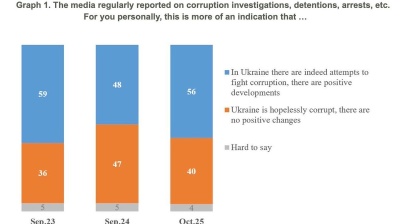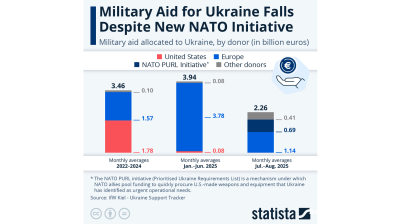Estonia, Slovenia and Lithuania lead the European Bank for Reconstruction and Development (EBRD) Knowledge Economy Index, which measures the performance of the 38 economies where the bank invests, alongside the economies of eight frontier innovators, including the US, Germany and Japan, the EBRD said on March 25.
The index is part of the EBRD’s approach to measure countries’ progress according to six qualities of a sustainable market economy: competitive, resilient, green, integrated, well-governed and inclusive. It has four pillars with 38 indicators: institutions for innovation, general skills and specialised skills for innovation, inputs and outputs of the innovation system and the linkages within the system and information communication technology (ICT) infrastructure.
“This is an important initiative which will help our countries identify their strengths and weaknesses in innovation. Such an impartial analysis is a prerequisite for developing policy guidance and targeting our investment," commented Mattia Romani, EBRD managing director, economics, policy and governance.
"There are no one-size-fits-all policies to promote the knowledge economy. Rather, countries should adopt reforms that take into account the stage of their knowledge-economy development," he added.
Estonia ranked first with a total score of 6.82 on a one a 1 to 10 scale, where 1 stands for theoretically least advanced and 10 to theoretically most advanced, followed by Slovenia (6.65) and Lithuania. Indeed the Baltic dominated the top of the table, as the remaining baltic state, Latvia, was in fourth place. The top ranked countries are “not too far from OECD comparators (7.36),” notes the report.
Slovenia scored best in terms of institutions for innovation (7.40). It scored 7.32 on the skills for innovation pillar and 6.73 on the ICT infrastructure pillar. It scored 5.14 on the innovation system pillar.
Among the SEE countries, Slovenia was followed by Croatia, which ranked seventh, better than CEE states Hungary and Slovakia. Croatia scored 6.72 on the institutions for innovation pillar. It obtained the lowest score, of 3.81, on the innovation system pillar.
Another outlier is Belarus, which is in 11th position, beating both EU member states Bulgaria and Romania and regional peers Russia and — by a wide margin — Ukraine. Along with Georgia and Serbia, Belarus was one of the “growth champions” between 2011 and 2018.
On the other hand, aside from Kazakhstan (18th place), the Central Asian republics were clustered at the bottom of the table. But second to last among the former socialist countries was a European country, Kosovo, which performed worse than Kyrgystan, Uzebkistan and Tajikistan. Semed countries Egypt and West Bank and Gaza were also at the bottom of the table.
There were, however, strong improvements among the lower ranked economies. Belarus and Kazakhstan made the largest progress on institutions, said the EBRD, a process "driven by better business environment and higher economic openness.” The top reformers on skills were Uzbekistan and Turkey, while Azerbaijan and Tajikistan improved their innovation system the most.
“It is positive that all EBRD countries improved their ICT infrastructure. In particular, some countries like Serbia and Montenegro made a remarkable progress,” adds the report. However, this progress was patchy: “Unfortunately, some countries (e.g. Turkmenistan or Kosovo) showed only very limited improvements in the ICT infrastructure between 2011 and 2018.”
Data

Chobani yoghurt king Hamdi Ulukaya becomes richest Turk
Knocks Murat Ulker into second place in Forbes ranking as his company's valuation leaps to $20bn.

Ukraine’s credibility crisis: corruption perception still haunts economic recovery
Despite an active reform narrative and growing international engagement, corruption remains the biggest drag on Ukraine’s economic credibility, according to a survey by the Kyiv International Institute of Sociology.

India’s retail payment revolution
India’s payments landscape has reached a pivotal stage, with digital transactions now accounting for 99.8% of all retail payments.

Military aid for Ukraine falls despite new Nato PURL initiative – Statista
The Kiel Institute for the World Economy found that military aid to Ukraine dropped sharply in July and August compared to previous months, despite the implementation of the Nato PURL initiative.




